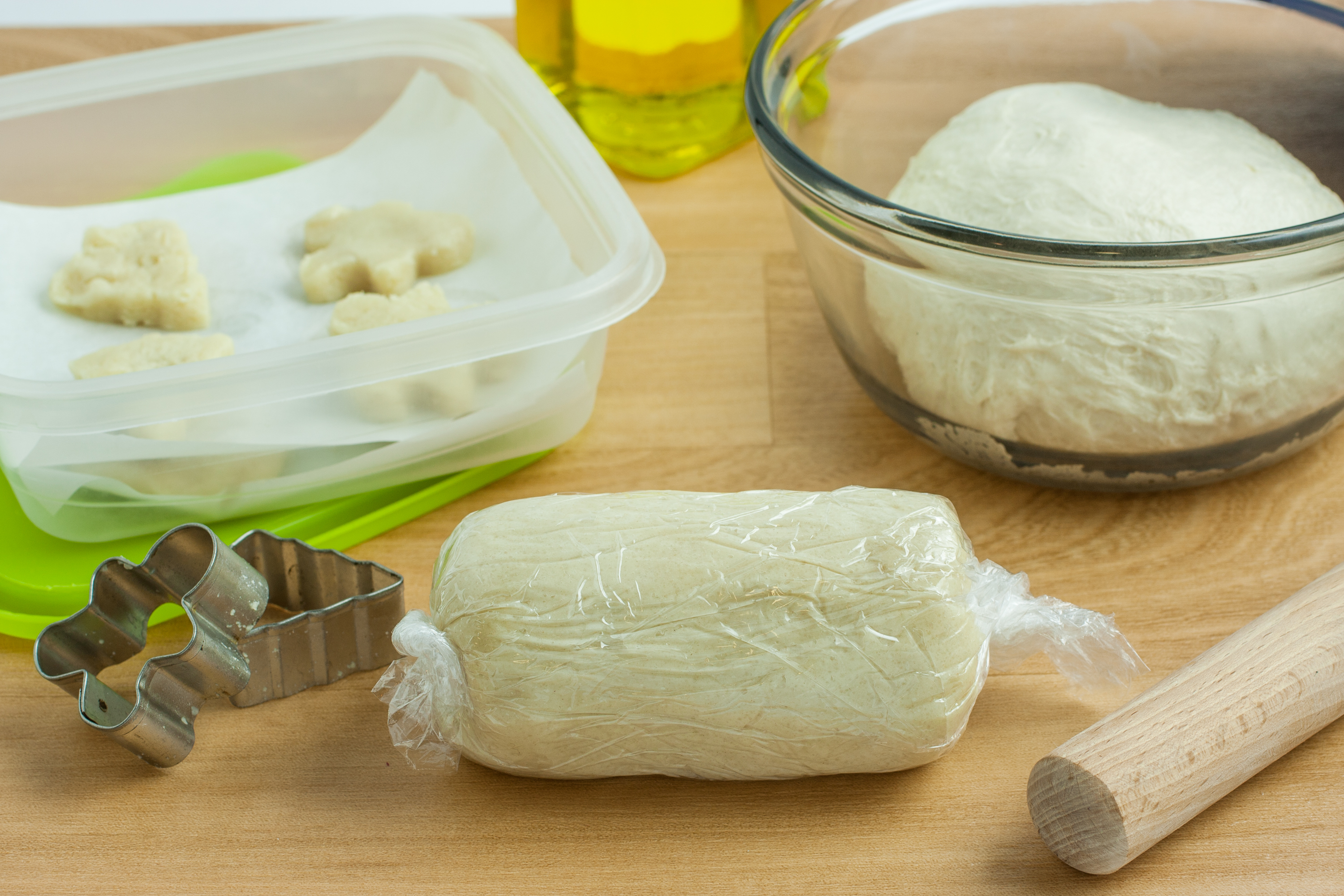

Articles
How To Store Dough In Fridge
Modified: August 17, 2024
Discover the best method for storing dough in the fridge with our informative articles. Keep your dough fresh and ready to use whenever you need it.
(Many of the links in this article redirect to a specific reviewed product. Your purchase of these products through affiliate links helps to generate commission for Storables.com, at no extra cost. Learn more)
Introduction
Storing dough in the fridge is a convenient way to extend its shelf life and have fresh-baked goods whenever you need them. Whether you’re a professional baker or a passionate home cook, knowing how to properly store dough in the fridge can make a significant difference in the quality and texture of your baked creations.
In this article, we will explore the benefits of storing dough in the fridge, provide tips for optimal storage conditions, and guide you through a step-by-step process to store your dough in the fridge. Additionally, we will address common mistakes to avoid and answer frequently asked questions related to dough storage. By the end, you will have a comprehensive understanding of how to effectively store dough in the fridge.
So, let’s delve into the world of dough storage and discover how you can harness its benefits to create delightful baked goods whenever the craving strikes.
Key Takeaways:
- Extend the shelf life and enhance flavor by storing dough in the fridge. Enjoy the convenience of flexible baking schedules and improved dough development for delightful baked goods.
- Ensure optimal dough storage by using airtight containers, labeling and dating, and following recipe-specific instructions. Avoid common mistakes and embrace the benefits of fridge storage for fresh, flavorful dough.
Read more: How To Store Bread Dough In Fridge
Benefits of storing dough in the fridge
Storing your dough in the fridge offers several benefits that can enhance your baking experience and give you more flexibility in your culinary endeavors. Here are some key advantages of refrigerating your dough:
- Extended Shelf Life: One of the primary benefits of storing dough in the fridge is that it significantly extends its shelf life. While fresh dough might only last a few hours at room temperature, refrigerating it can keep it fresh for up to three days or even longer, depending on the type of dough.
- Improved Flavor and Texture: When you allow dough to rest in the fridge, enzymes present in the ingredients have more time to work, resulting in enhanced flavor and texture. The slow fermentation process helps to develop complex flavors and creates a more tender and airy texture in bread and pastry dough.
- Convenient Time Management: Refrigerating dough allows you to plan your baking ahead of time. You can prepare the dough in advance and store it in the fridge until you’re ready to bake. This is especially useful when you have a busy schedule or want to have freshly baked goods ready for breakfast or brunch.
- Flexible Baking Schedule: By storing dough in the fridge, you have the flexibility to bake whenever it suits you. Whether you want to bake in the morning, afternoon, or evening, the chilled dough will be ready for you to shape, proof, and bake at your convenience.
- Enhanced Dough Development: When dough is refrigerated, the gluten in the flour has more time to relax and develop, resulting in improved structure and easier shaping. This is particularly beneficial for bread and pizza dough, as it allows for a more desirable crumb structure and better oven spring during the baking process.
These benefits make storing dough in the fridge a valuable technique for professional bakers and home cooks alike. Now that we’ve discovered the advantages, let’s explore some tips to maximize the effectiveness of dough storage in the fridge.
Tips for storing dough in the fridge
Properly storing dough in the fridge is essential to maintain its freshness and quality. Consider the following tips to ensure optimal results:
- Use airtight containers: When storing dough in the fridge, it’s crucial to use airtight containers or plastic wrap to prevent moisture loss and protect the dough from absorbing any odors from other foods in the fridge. This will help maintain the dough’s moisture content and keep it fresh.
- Label and date the containers: To easily identify the type of dough and its storage duration, label and date the containers. This is especially helpful when you have multiple batches of dough in the fridge, as it prevents confusion and ensures you use the oldest dough first.
- Use the right temperature: Set your fridge temperature between 35°F and 40°F (2°C to 4°C) for optimal dough storage. Maintaining the correct temperature is crucial to slow down yeast activity without freezing the dough.
- Consider the dough type: Different types of dough have varying storage requirements. For yeast-based dough, such as bread or pizza dough, a longer refrigeration period is recommended to develop flavor. However, delicate dough, like puff pastry or pie dough, may require shorter storage times to maintain their buttery texture.
- Divide dough into smaller portions: If you anticipate baking smaller batches of goods, it’s advisable to divide the dough into smaller portions before storing. This way, you can take out only the amount you need without exposing the entire batch to air, which can affect its quality.
- Prevent crust formation: To prevent a crust from forming on the surface of the dough while in the fridge, lightly grease the dough’s surface with a neutral oil or cover it with plastic wrap. This will help maintain the dough’s moisture and prevent it from drying out.
- Follow recipe instructions: Always refer to the specific recipe instructions for storing dough in the fridge. Some recipes may have unique recommendations or additional steps to ensure optimal results. Following the recipe guidelines will help you achieve the desired outcome.
By following these tips, you can ensure that your dough stays fresh, flavorful, and in optimal condition until you’re ready to bake. In the next section, we will provide you with a step-by-step guide on how to store dough in the fridge.
Step-by-step guide to storing dough in the fridge
Storing dough in the fridge is a straightforward process that requires proper preparation and storage techniques. Follow these steps to ensure successful dough storage:
- Prepare the dough: Start by preparing your dough according to your desired recipe. Whether it’s bread dough, pizza dough, or pastry dough, make sure to follow the recipe instructions carefully.
- Allow the dough to rise (if applicable): If your recipe requires the dough to rise before refrigeration, give it enough time to double in size at room temperature. This step is important to ensure proper dough development and flavor.
- Divide the dough (if needed): If you plan to use the dough in smaller portions, consider dividing it at this stage. This will make it easier to handle later and prevent the need to expose the entire batch to air when you only need a portion of it.
- Shape the dough: Depending on the recipe, shape the dough into the desired form. For bread or pizza dough, you may shape it into balls or loaves. For pastry dough, you may roll it out and shape it into discs or rectangles.
- Wrap the dough: Wrap the shaped dough tightly in plastic wrap or place it in an airtight container. This step is crucial to prevent moisture loss and protect the dough from absorbing any unwanted odors from the fridge.
- Label and date the container: If you’re using a container, label it with the type of dough and the date of storage. This will help you keep track of the dough’s freshness and ensure you use the oldest dough first.
- Place the dough in the fridge: Carefully place the wrapped dough or container in the fridge. Make sure it is stored on a flat surface and not overcrowded by other items. This will prevent any unnecessary pressure on the dough and maintain its shape.
- Monitor storage time: Keep track of the storage time to ensure you use the dough within the recommended time frame. Refer to the recipe or general guidelines to determine how long you can store the particular type of dough in the fridge.
- Retrieving and using the dough: When you’re ready to bake, remove the dough from the fridge and let it come to room temperature for about 15-30 minutes. This will make it easier to handle and shape. Proceed with the recipe as directed, whether it involves further proofing, rolling, or shaping.
By following these step-by-step instructions, you can store your dough in the fridge with confidence, knowing that it will be fresh and ready whenever you need it. However, there are some common mistakes to avoid during the dough storage process, which we will discuss in the next section.
After shaping the dough, place it in a lightly oiled bowl, cover with plastic wrap, and store in the fridge for up to 24 hours. This will slow down the fermentation process and allow the flavors to develop.
Common mistakes to avoid when storing dough in the fridge
While storing dough in the fridge is a relatively simple process, there are common mistakes that can affect the quality and texture of your dough. Avoid these pitfalls to ensure optimal results:
- Not properly sealing the dough: Failing to seal the dough tightly in an airtight container or plastic wrap can result in moisture loss and dryness. Make sure to properly wrap and seal the dough to maintain its moisture and prevent it from absorbing any unwanted odors from the fridge.
- Storing dough for too long: While refrigeration extends the shelf life of dough, it doesn’t mean that it can be stored indefinitely. Different types of dough have varying storage durations, so be sure to follow the recommended storage time in the recipe or general guidelines.
- Not shaping the dough properly: When shaping dough before refrigeration, ensure that it is properly formed according to the desired recipe. Failing to shape the dough correctly can result in uneven baking and affect the final texture and appearance of your baked goods.
- Storing dough in the wrong temperature: The temperature inside the fridge plays a crucial role in dough storage. Make sure your fridge is set to a temperature between 35°F and 40°F (2°C to 4°C) to slow down yeast activity without freezing the dough.
- Overcrowding the fridge: Avoid overcrowding the fridge with other items around the dough. Proper air circulation is important to maintain consistent temperature and prevent the dough from becoming flattened or misshapen.
- Using the dough straight from the fridge: Allowing the dough to come to room temperature for a short period before baking is crucial. This step ensures that the dough is more pliable and easier to work with, resulting in better texture and even baking.
- Ignoring recipe-specific instructions: Every recipe may have unique instructions for dough storage. Take the time to read and follow the recipe’s recommendations, as they may include specific details or techniques to achieve the desired outcome.
By avoiding these common mistakes, you can ensure that your dough stays fresh, maintains its quality, and results in delicious baked goods. Now that we’ve covered the common mistakes, let’s address some frequently asked questions related to storing dough in the fridge.
Read more: How To Store Dough Overnight Without Fridge
Frequently asked questions about storing dough in the fridge
Storing dough in the fridge can raise some questions, especially if you’re new to the process. Here are answers to some commonly asked questions to help clarify any doubts you may have:
- Can you store any type of dough in the fridge?
While most types of dough can be stored in the fridge, some dough may not be suitable for long-term refrigeration. Delicate dough with a high butter content, like puff pastry or pie dough, is best used within a few days. More robust dough, such as bread or pizza dough, can withstand longer storage in the fridge. - How long can you store dough in the fridge?
The storage duration varies depending on the type of dough. Generally, bread and pizza dough can be stored for up to 3-4 days in the fridge, while pastry dough may last 1-2 days. It’s always best to refer to the specific recipe instructions or general guidelines for the recommended storage time. - Can you freeze dough instead of refrigerating it?
Yes, dough can be frozen for even longer storage. If you don’t plan to use the dough within the recommended fridge storage time, you can wrap it tightly in plastic wrap and place it in a freezer bag. Frozen dough can be thawed overnight in the fridge before using. - Is it necessary to let the dough come to room temperature before baking?
Allowing the dough to come to room temperature for a short period before baking is recommended. Cold dough can be more challenging to shape and may result in uneven baking. Letting the dough sit at room temperature for about 15-30 minutes makes it easier to handle and shape. - Can you keep adding flour to the dough while storing it in the fridge?
It’s not advisable to add flour to the dough while storing it in the fridge. Adding more flour can alter the dough’s consistency and affect the final texture of your baked goods. It’s best to shape the dough properly before refrigeration and avoid making any adjustments during storage. - Can you freeze dough after it has been refrigerated?
Yes, if you’ve already refrigerated the dough but still won’t be able to use it within the recommended storage time, you can transfer it to the freezer for longer storage. Keep in mind that the quality and texture may be slightly affected after freezing and thawing. - Can you store dough in the fridge for a few hours only?
While refrigerating dough for just a few hours can help slow down rising and make it easier to handle, it’s generally not necessary unless specified in the recipe. If you only need a short rest period, you can allow the dough to sit at room temperature for the desired duration instead.
These frequently asked questions address common concerns and provide clarification on various aspects of storing dough in the fridge. Now that we have covered the questions, let’s wrap up our article.
Conclusion
Storing dough in the fridge is a valuable technique that allows you to prolong its shelf life and enjoy freshly baked goods whenever you desire. By following the tips and guidelines provided in this article, you can ensure that your dough stays fresh, flavorful, and ready to be transformed into delightful creations.
The benefits of storing dough in the fridge are numerous. It extends the dough’s shelf life, enhances flavor and texture, provides flexibility in your baking schedule, and allows for convenient time management. Whether you’re a professional baker or a passionate home cook, understanding how to properly store dough in the fridge can elevate your culinary skills and enrich your baking experience.
Remember to use airtight containers, label and date your dough, set the fridge at the correct temperature, and consider the specific requirements of different types of dough. Avoid common mistakes like not sealing the dough properly, storing it for too long, or using it straight from the fridge without allowing it to come to room temperature.
By following the step-by-step guide and addressing frequently asked questions, you can confidently store your dough in the fridge, knowing that it will remain fresh and ready for baking whenever you need it.
So, embrace the convenience and benefits of dough storage in the fridge, and let your creativity soar as you produce delectable bread, pizza, pastries, and more with ease.
Frequently Asked Questions about How To Store Dough In Fridge
Was this page helpful?
At Storables.com, we guarantee accurate and reliable information. Our content, validated by Expert Board Contributors, is crafted following stringent Editorial Policies. We're committed to providing you with well-researched, expert-backed insights for all your informational needs.
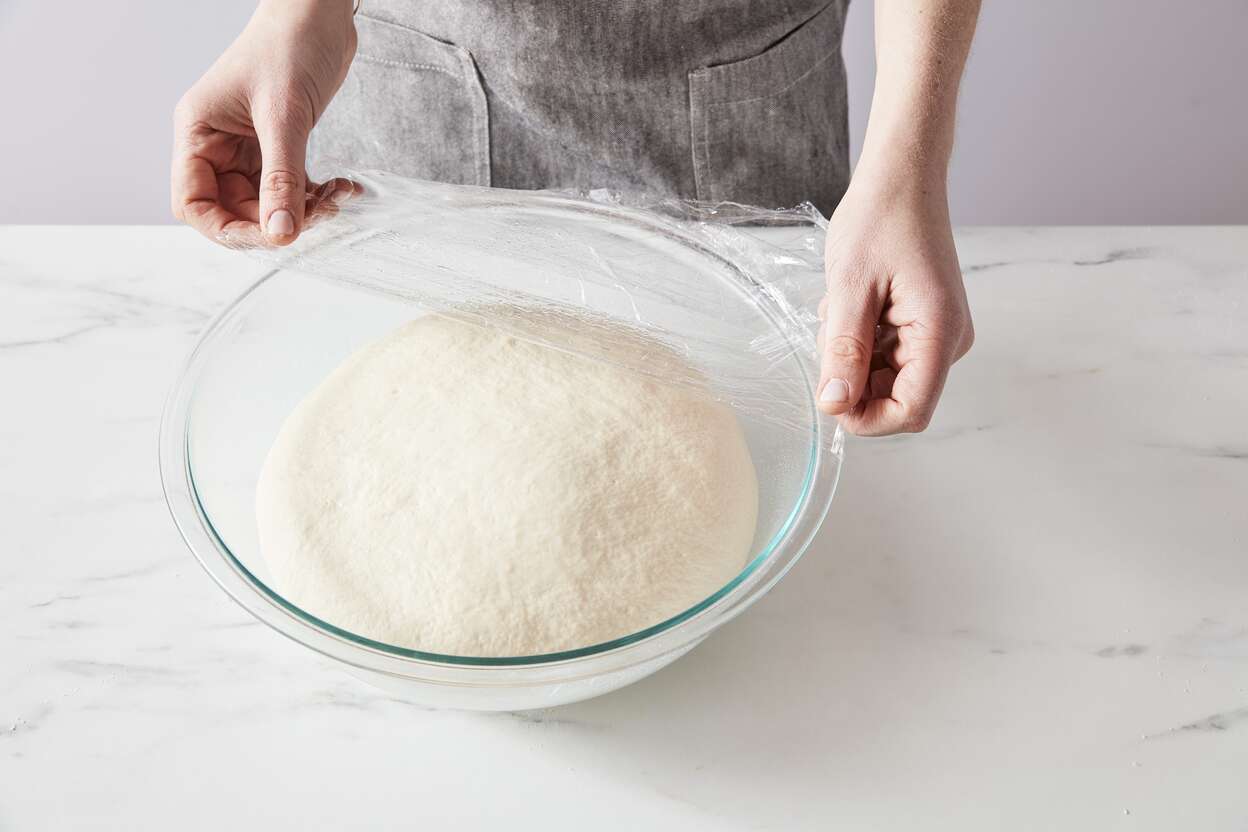
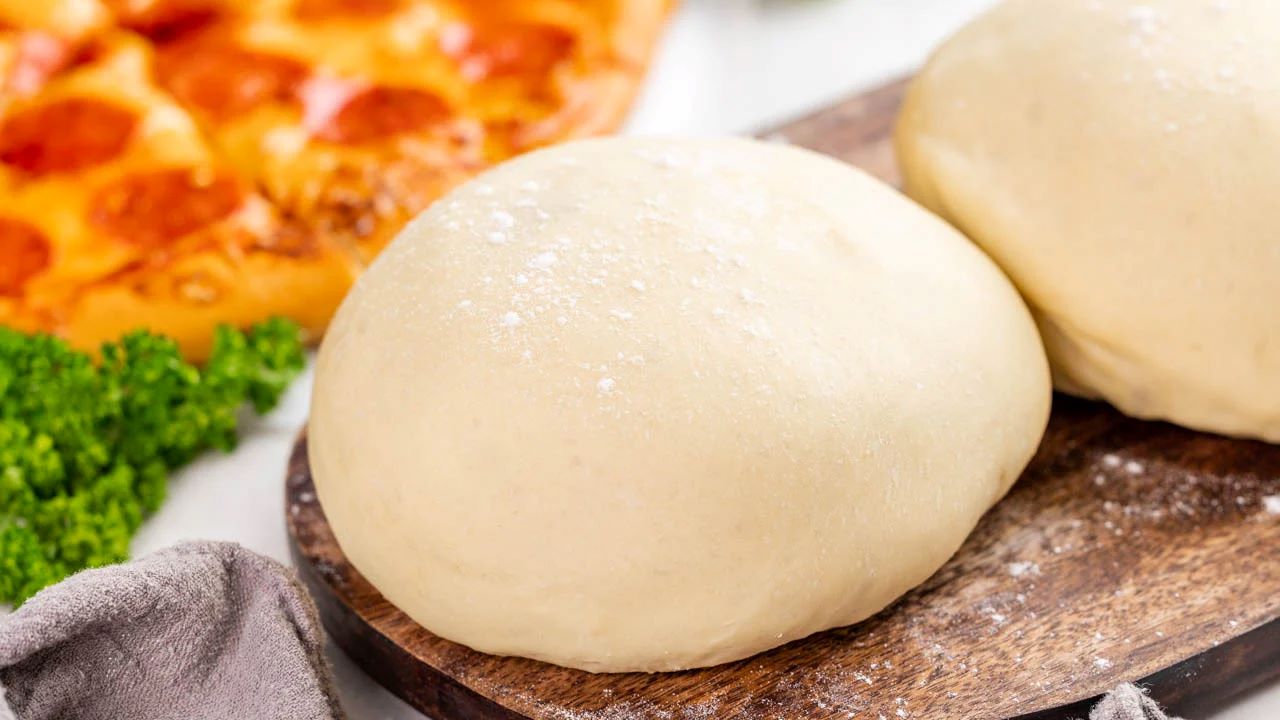
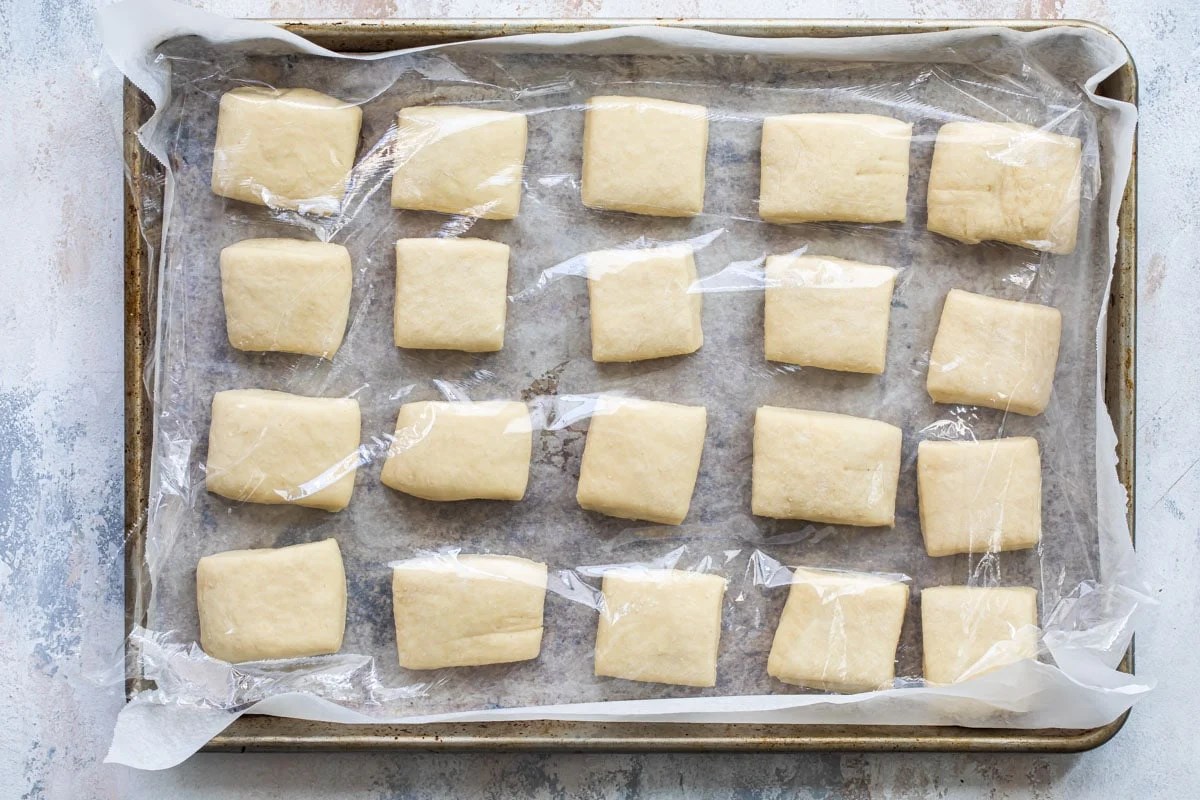



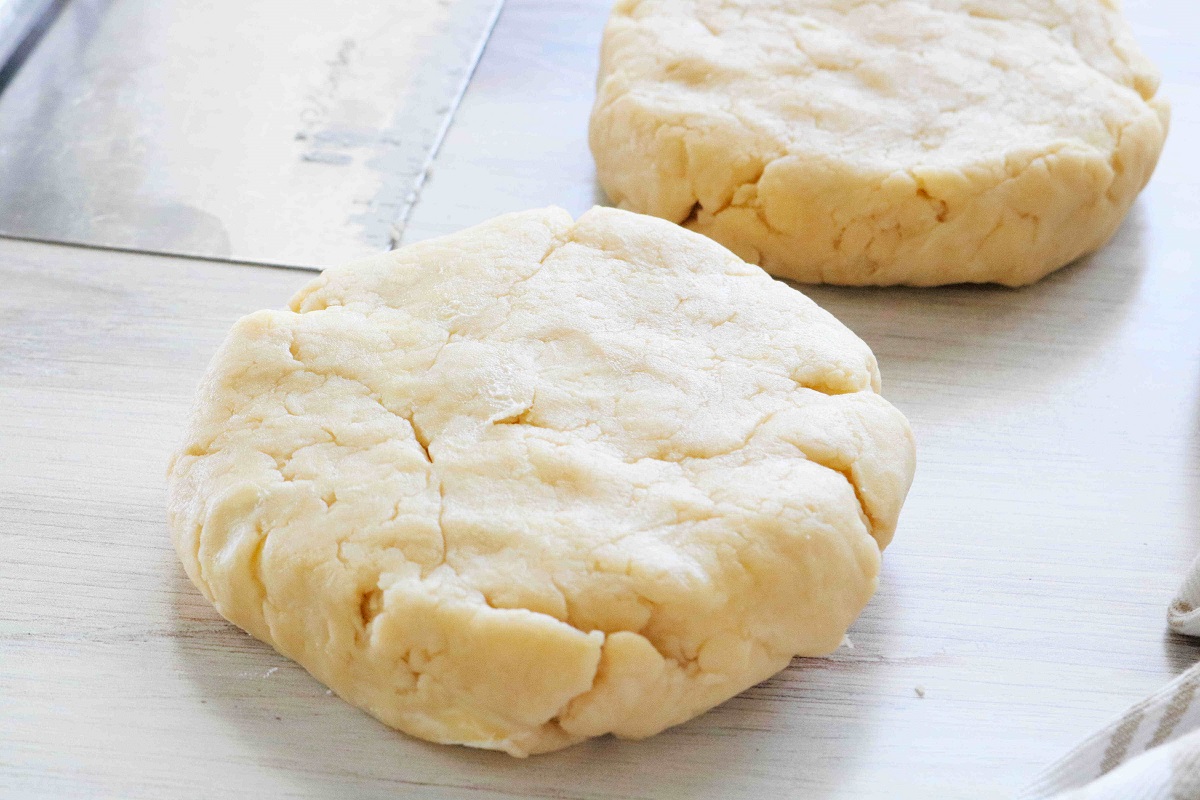
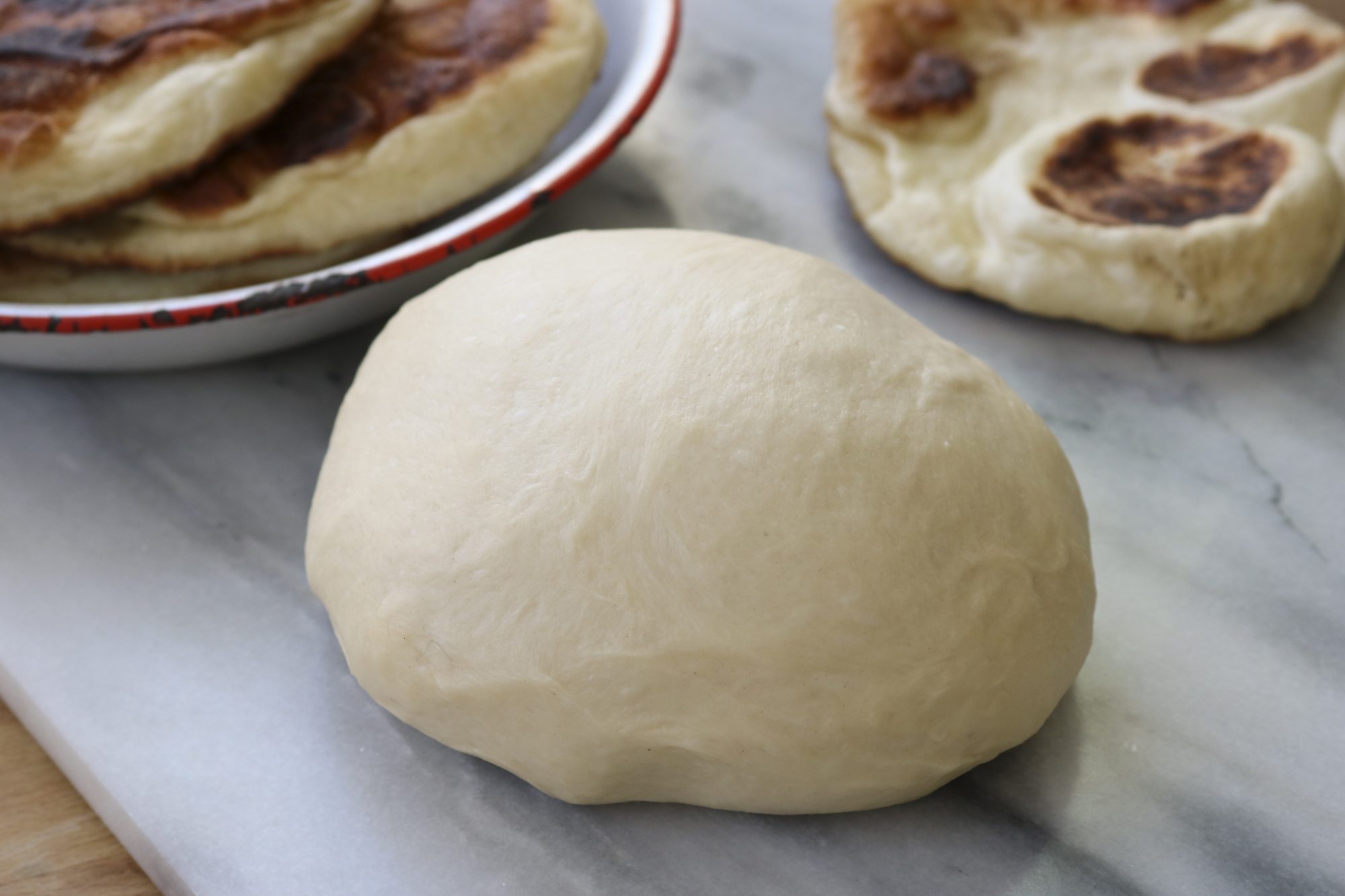

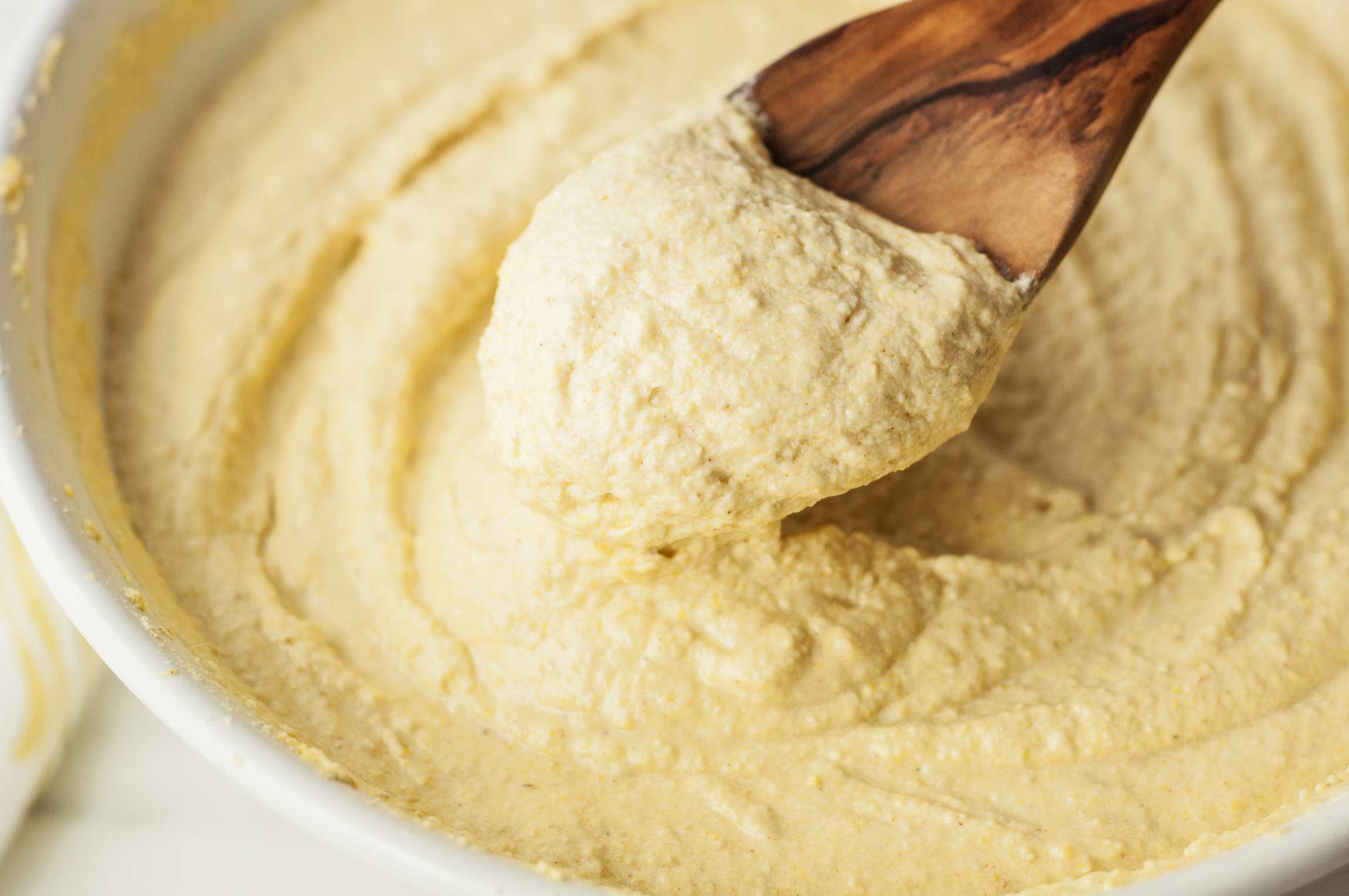
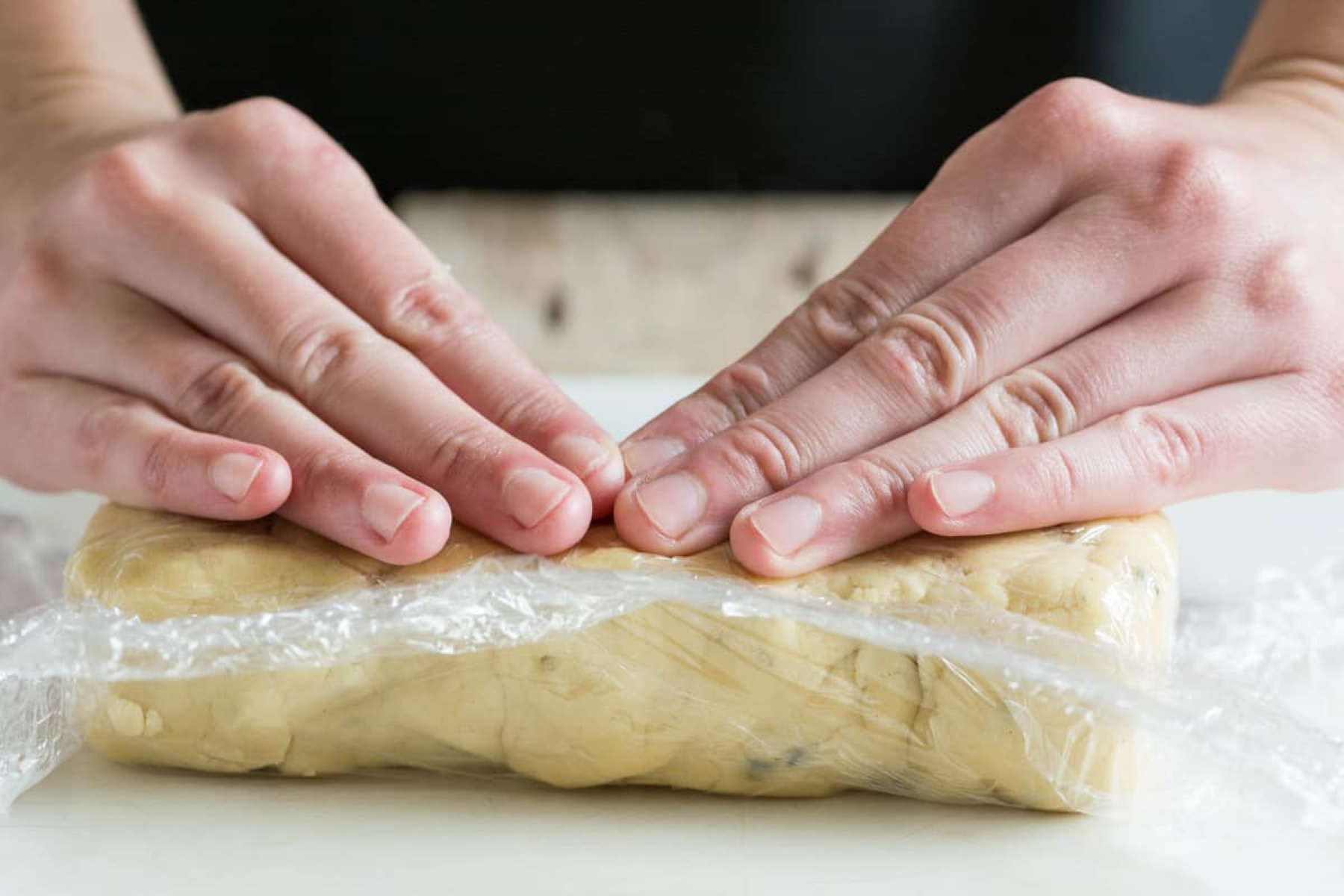

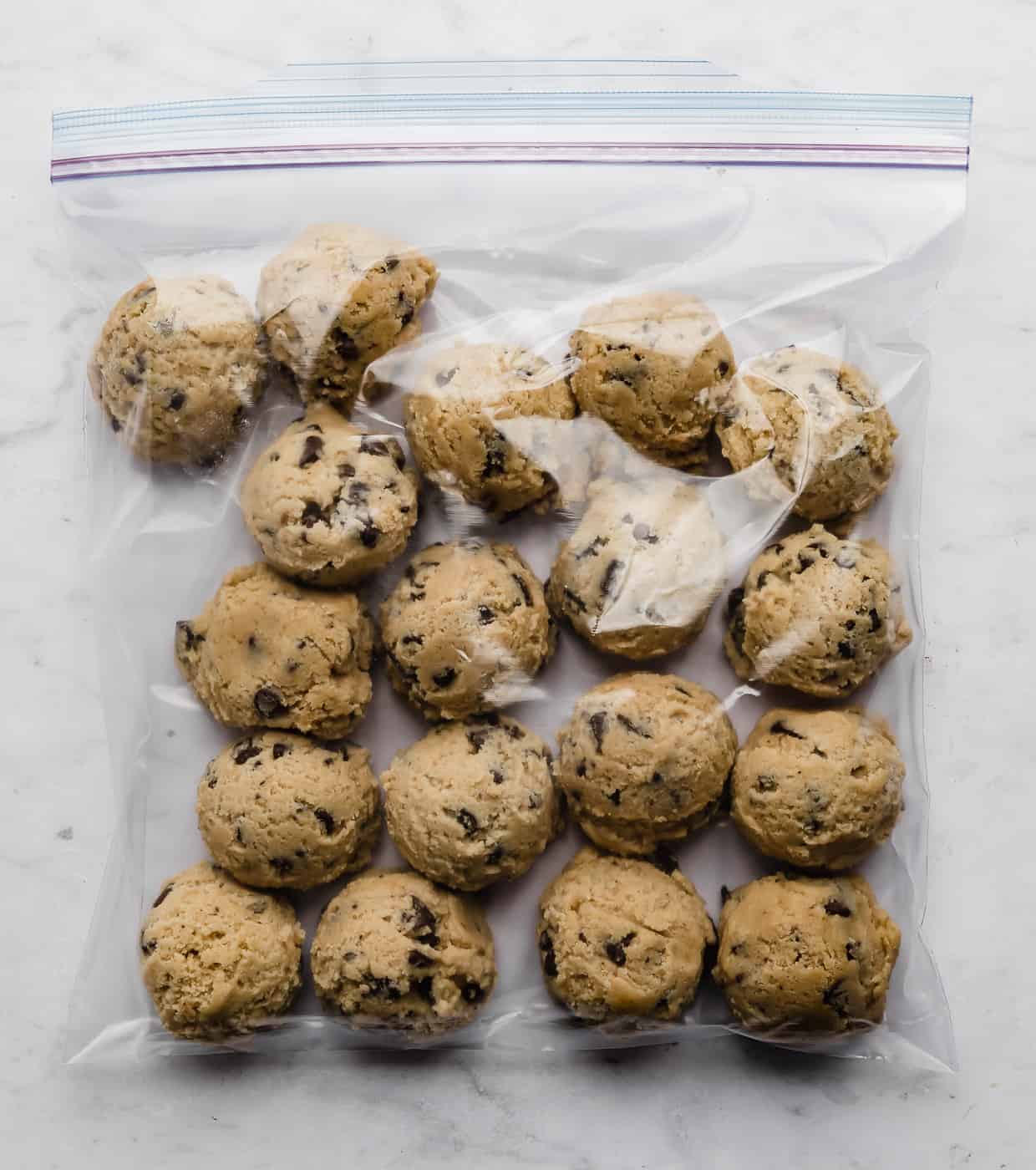


0 thoughts on “How To Store Dough In Fridge”